Research highlights
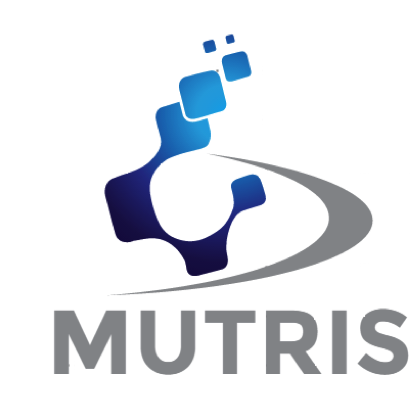
Our research focus is on digital rock methods, reservoir simulation, multiphase flow through porous media with applications in oil and gas industry. Our expertise incorporates both numerical and experimental methods including: finite elements, X-ray microcomputed tomography, pore network modelling, microfluidics, special core analysis, and discrete fracture network modelling. Most recently, we have developed advanced computer vision and machine learning methods for the study of rocks and predictive modelling. Here, you will find some of recent publications. For questions concerning our works please contact the corresponding authors. We are happy to collaborate on projects related to the works presented below and to provide additional information. In the following links we also provide videos and/or additional supporting information for the posted publications.
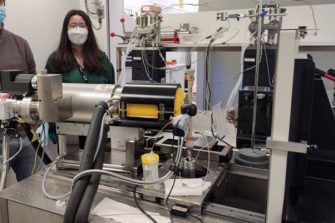
Digital rock technology and subsurface physics
Digital Rock technology is a cutting-edge approach that utilises computerised 3D imaging and modelling techniques to simulate the behaviour of rocks and fluid transport properties in the subsurface.
This technology reveals the physical and chemical processes and phenomena that occur in the subsurface, such as the displacement of fluids, the behaviour of porous materials, and the interactions between rocks and fluids.
The combination of digital rock technology and subsurface physics has led to significant advances in the understanding of subsurface processes and plays a crucial role in the development of more efficient and sustainable energy resources.
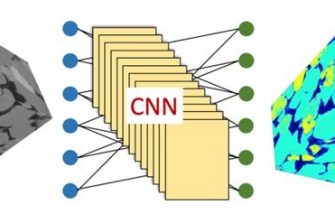
Machine learning and multiscale analysis
Machine learning in the context of porous media can be used to analyse large amounts of data, such as micro CT images, and extract relevant information for identifying effective properties and behaviour.
The multiscale analysis involves studying porous materials at different scales, from the microscopic to the macroscopic, to gain a better understanding of their characteristics.
By combining machine learning with multiscale analysis techniques, we develop models that accurately predict the behaviour of porous media at different scales, leading to a deeper understanding of porous media properties and the underlying physical processes.
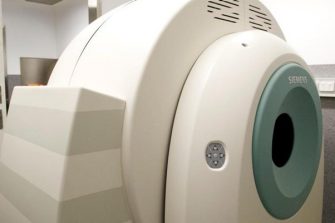
Micro-CT and PET imaging
Micro-Computed Tomography (CT) and Positron Emission Tomography (PET) imaging are two powerful techniques used in the porous media research to visualise the internal structure and transport of fluids and study the flow of different phases in the pore space.
Micro CT imaging involves using X-rays to produce high-resolution 3D images of the pore structure of porous materials, while PET imaging involves injecting a tracer into the porous medium and using a detector to track the movement of the tracer.
These techniques are particularly useful in studying processes such as multiphase fluid flow, diffusion, and dispersion in the pore space of rocks, soils, and other porous materials. By combining micro CT imaging and PET, we gain a more comprehensive understanding of the transport processes in porous media, which is crucial for developing effective remediation and management strategies for contaminated groundwater and optimising hydrocarbon recovery.
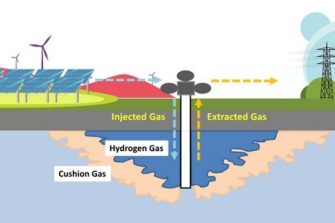
Subsurface storage and groundwater
Micro-Computed Tomography (CT) and Positron Emission Tomography (PET) imaging are two powerful techniques used in the porous media research to visualise the internal structure and transport of fluids and study the flow of different phases in the pore space.
Micro CT imaging involves using X-rays to produce high-resolution 3D images of the pore structure of porous materials, while PET imaging involves injecting a tracer into the porous medium and using a detector to track the movement of the tracer.
These techniques are particularly useful in studying processes such as multiphase fluid flow, diffusion, and dispersion in the pore space of rocks, soils, and other porous materials. By combining micro CT imaging and PET, we gain a more comprehensive understanding of the transport processes in porous media, which is crucial for developing effective remediation and management strategies for contaminated groundwater and optimising hydrocarbon recovery.
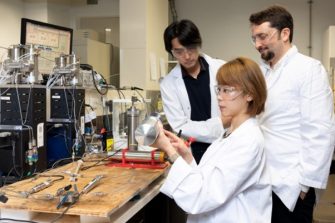
Ore characterisation and sustainble mineral recovery
Characterising ores involves determining their physical and chemical properties, such as mineral composition, grain size, and mineralogy.
This information is crucial in designing an efficient and sustainable mineral recovery process which reduces waste generation, energy consumption, and environmental impact.
We apply a range of methods using advanced imaging such micro-XRF and micro-CT for the accurate multiscale characterisation of ores.
We also study in situ recovery (ISR) methods that involve the extraction of minerals from ore deposits without excavating them. ISR requires extensive ore characterisation to understand the deposit's geology, hydrology, and chemistry.
Accurate ore characterisation facilitates the optimisation of mineral recovery methods, enhancing the recovery rate while minimising the environmental impact.
